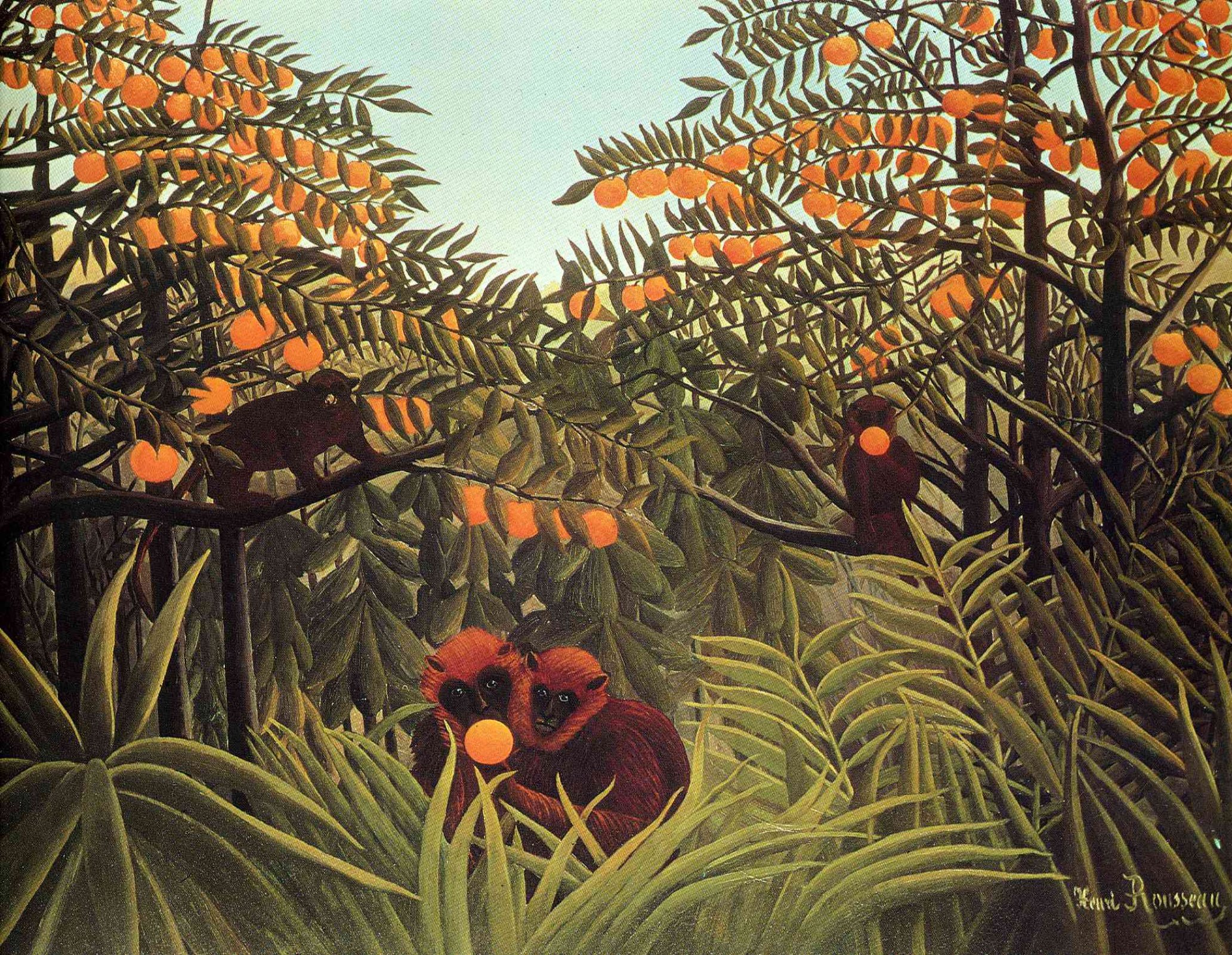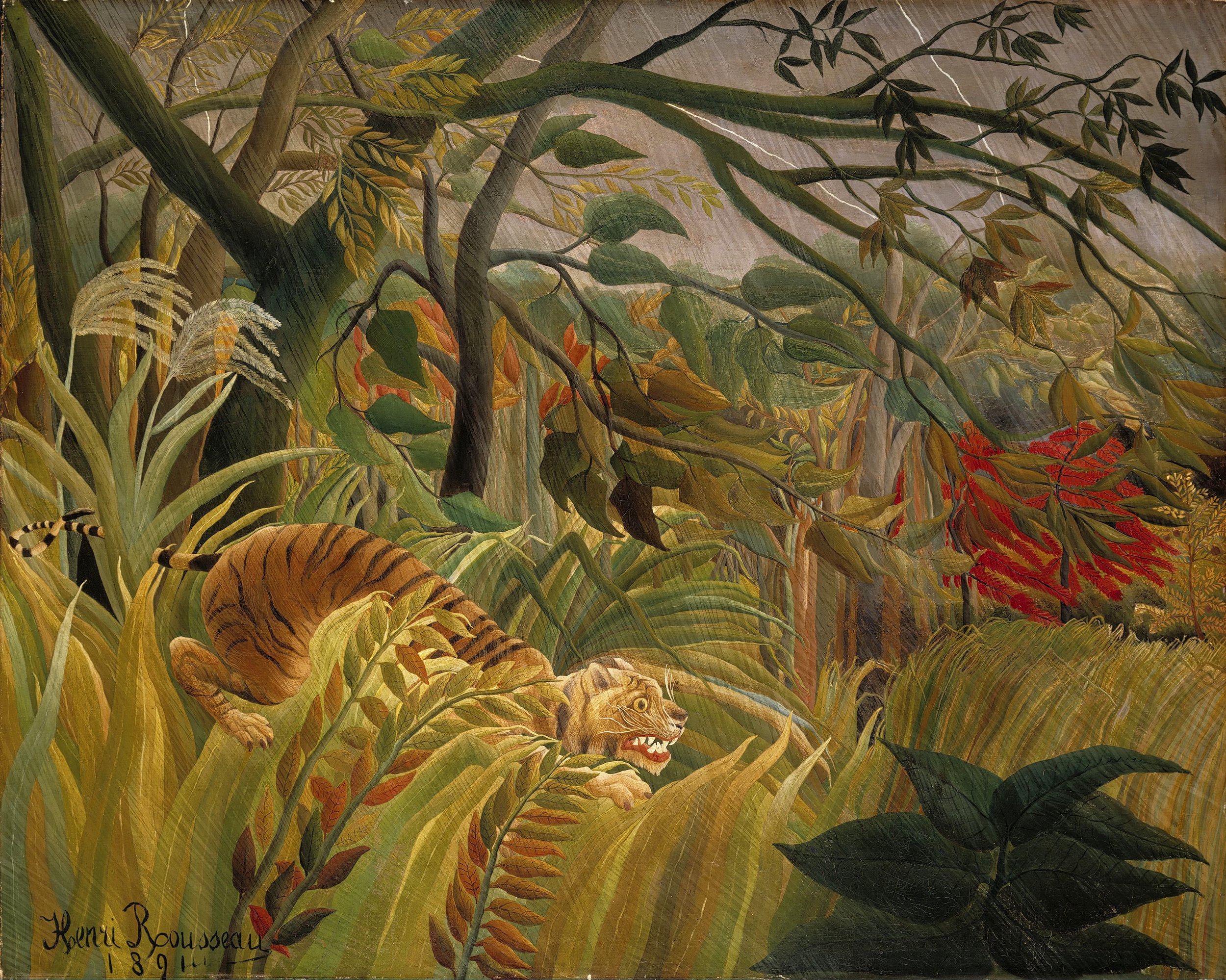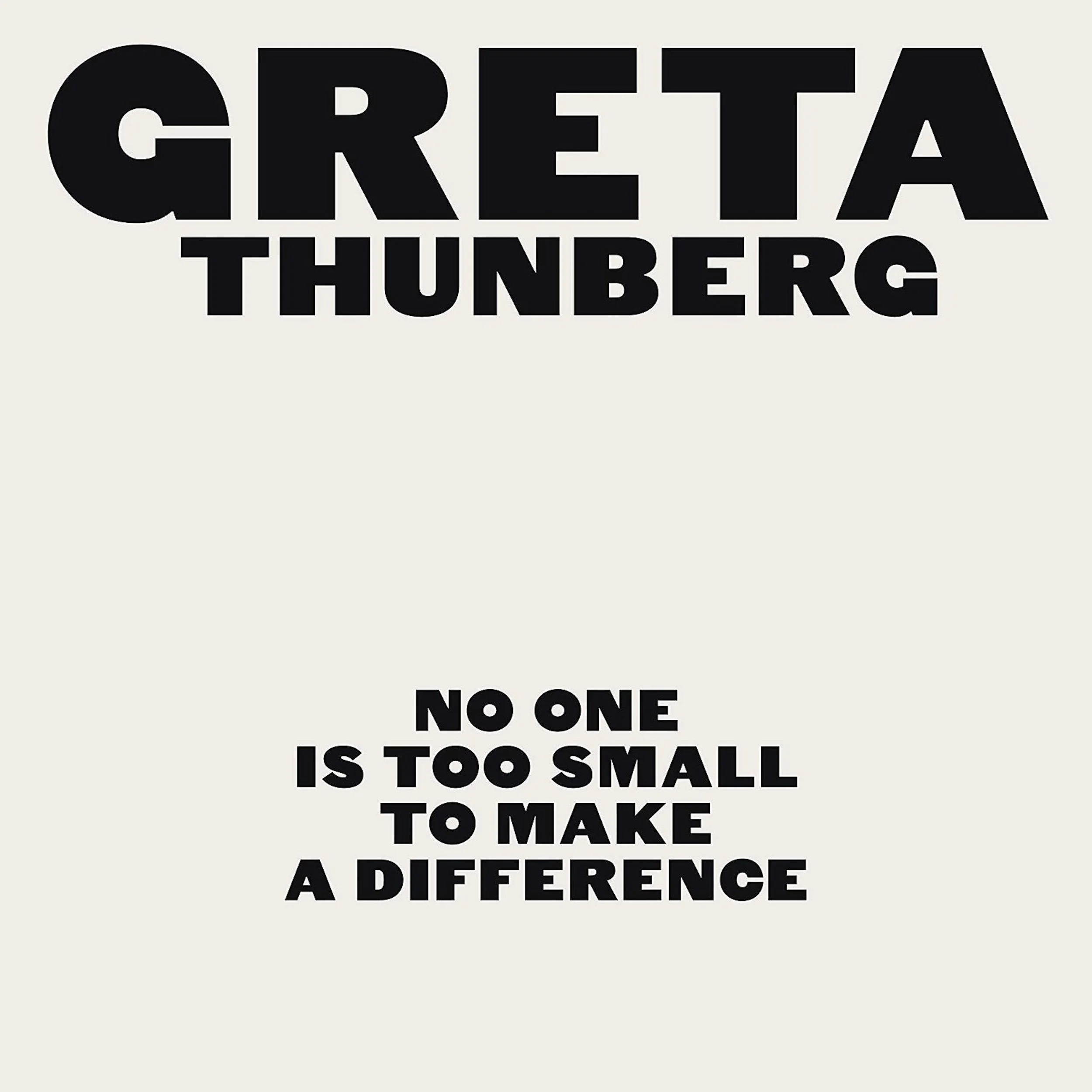“The universe was born restless and has never since been still.”
Henri Rousseau, a self-taught French painter, emerged as a distinctive figure in the art world during the late 19th and early 20th centuries. Born on May 21, 1844, in Laval, France, Rousseau's artistic journey began much later in life compared to many of his contemporaries, and his unique style earned him the nickname "Le Douanier" (The Customs Officer) due to his earlier profession as a toll collector.
Rousseau's early years were marked by humble beginnings and limited exposure to the art world. With little formal education, he joined the army and later worked as a customs official, a career he maintained until his retirement in 1893. It wasn't until he reached his forties that Rousseau decided to pursue his passion for painting. Despite lacking formal training, he exhibited a remarkable commitment to his craft.
Rousseau's paintings are characterized by their dreamlike quality, often depicting lush jungles, exotic plants, and wild animals. His vivid imagination and love for nature became hallmarks of his work. Although he never traveled to the tropics, Rousseau's jungles were born from his extensive visits to botanical gardens, illustrated books, and conversations with exotic plant merchants.
The_Hungry_Lion _Throws_Itself_On _The _Antelope_1905.jpg
One of Rousseau's notable works is "Tiger in a Tropical Storm" (Surprised!), completed in 1891. The painting captures the intensity of a storm in the jungle, with a tiger crouching in the foreground. The mastery of Rousseau's use of color and the depiction of movement in the rain-soaked foliage showcase his ability to evoke a sense of drama and tension in his art.
Despite his unconventional approach to painting, Rousseau faced skepticism and criticism from the established art community. The avant-garde artists of his time dismissed him, while some critics derided his work as naive or childish. However, his perseverance and unwavering belief in his artistic vision fueled his continued exploration of the fantastical landscapes that would become synonymous with his name.
Rousseau's first major exhibition at the Salon des Indépendants in 1886 showcased his unique style, drawing attention to his distinctive use of color, flattened perspectives, and almost childlike innocence. His paintings featured detailed renderings of flora and fauna, emphasizing the artist's fascination with the natural world.
The_Sleeping_Gypsy_1897.jpg
As the years passed, Rousseau's reputation began to grow, and he gained a circle of admirers, including several avant-garde artists who appreciated the sincerity and originality in his work. His unconventional approach to art became a source of inspiration for modernist painters, such as Pablo Picasso and Wassily Kandinsky, who recognized the genuine quality of Rousseau's creations.
In 1908, a significant event in Rousseau's career occurred when he was featured in a retrospective at the Salon des Indépendants. This exhibition, though met with mixed reviews, marked a turning point in public perception. Despite ongoing criticism, Rousseau continued to produce vibrant and imaginative works until his death on September 2, 1910.
Henri Rousseau's legacy endures as a testament to the power of artistic intuition and the triumph of individual expression over conventional norms. His influence on the art world extended beyond his lifetime, inspiring future generations to embrace their unique perspectives and approach art with a childlike wonder. Today, Rousseau's paintings are celebrated for their enchanting qualities, transporting viewers to the magical jungles and dreamscapes that were the product of a toll collector's vivid imagination.
Tiger_In_A_Tropical_Storm_1891.jpg
My Rating: 7/10
My Rating: 8/10
p.s.
Equality means each individual or group of people is given the same resources or opportunities. Equity recognizes that each person has different circumstances and allocates the exact resources and opportunities needed to reach an equal outcome.






